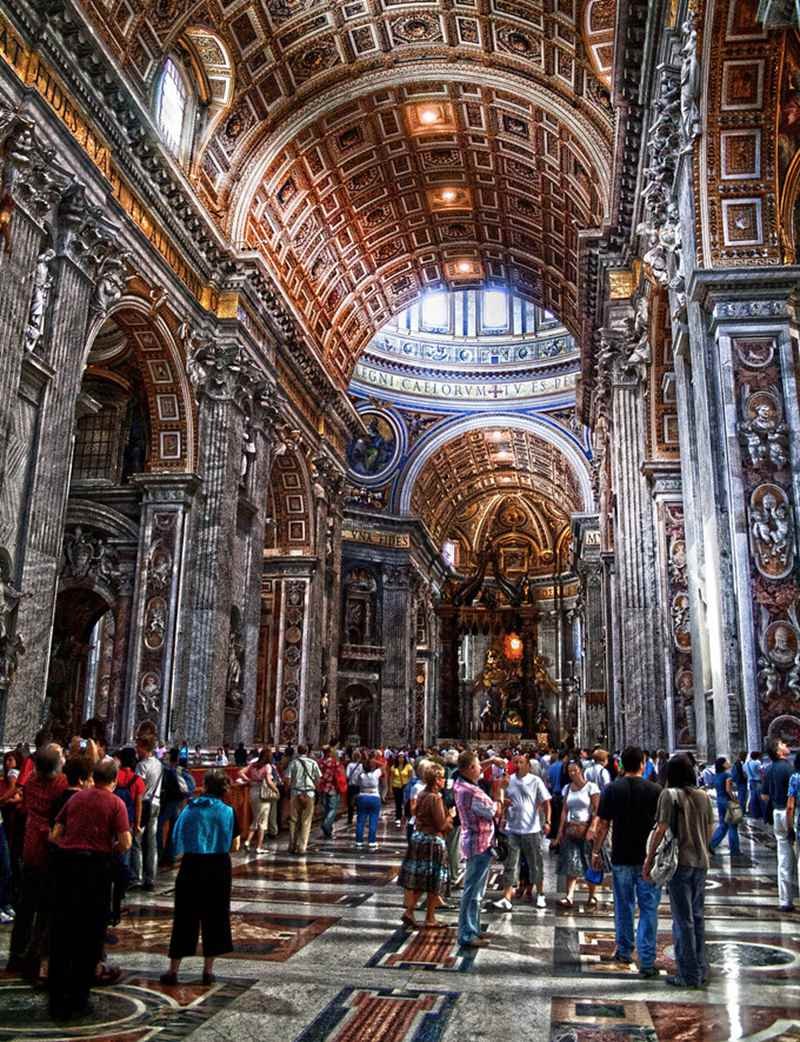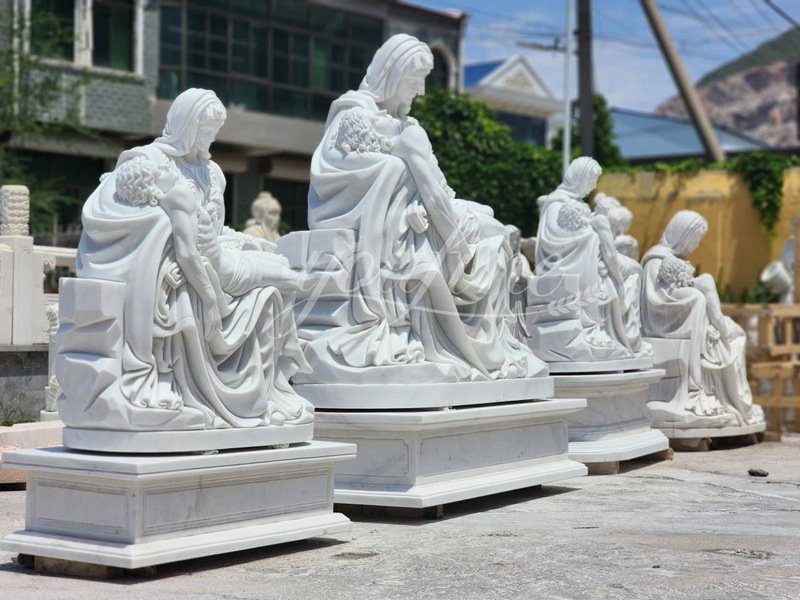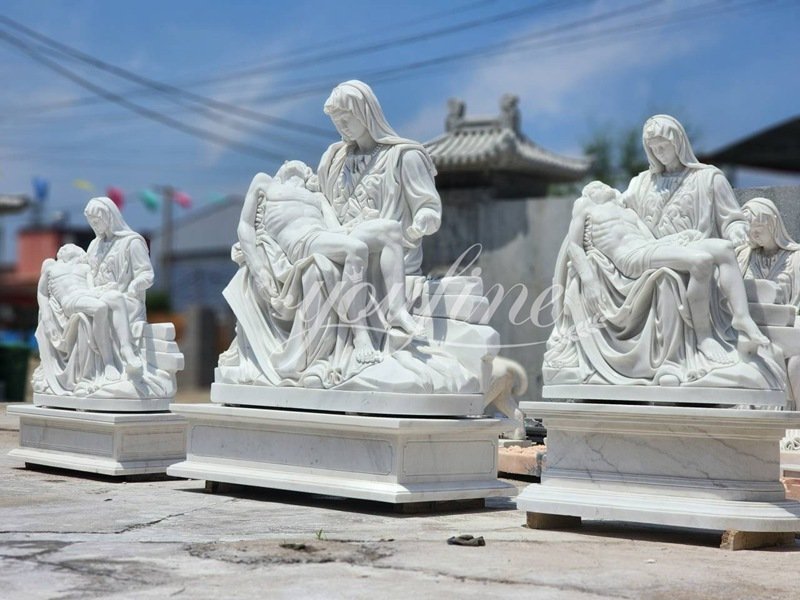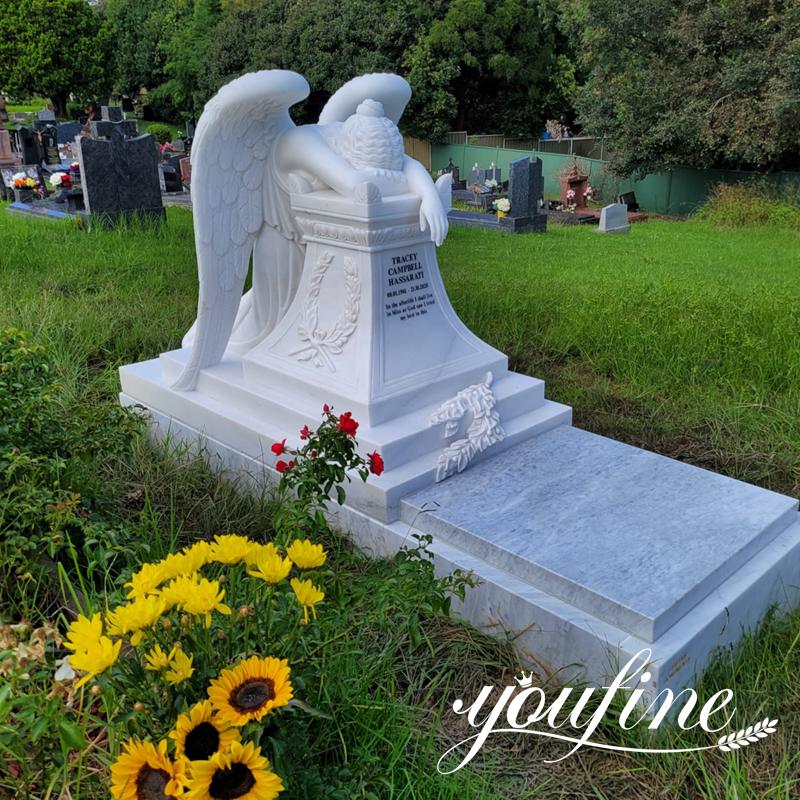Michelangelo’s Pieta vividly depicts the Virgin Mary holding the body of Jesus in her arms in sorrow, expressing sympathy and compassion. This Jesus and Mary sculpture theme has left a lasting impact on both art and Christianity. Today we will reveal Pieta by Michelangelo 16 little-known interesting facts.

-
Pietà is Michelangelo’s only signed work.
We rarely see signatures on Michelangelo’s works. But in this Pietà sculpture, we can see Michelangelo’s name on the clothes below Mary’s chest. It is said that he accidentally heard someone say that this was Gobbo from Milan work, so he signed it with a chisel at night. This is also the only work he signed.

-
Michelangelo may have signed it twice.
In the later restoration of the Pietà, the letter M was found on Mary’s left palm. This letter was cleverly integrated into the palm lines, so it is not easy to find. There are two speculations about this letter, one is that it is the initials of the Virgin Mary, and the other is that it is the initials of Michelangelo.
-
A cardinal commissioned it.
The Pietà was commissioned by a French cardinal, Jean de Billheres, to Michelangelo. Jean de Billheres wanted to decorate his tomb with “the most beautiful work of marble in Rome” so that the world would remember him. So he found Michelangelo and depicted the scene of the Virgin Mary holding the passing Jesus taken down from the cross, a popular theme in Northern European art at the time. Faced with such an extremely demanding request, Michelangelo did not retreat like other artists, but bravely accepted the proposal and successfully created this Pietà that was completely different from his previous works.

-
It is carved from a single block of marble.
Michelangelo’s Pietà is carved from a single block of marble, mined from a cave in Tuscany, a single block of blue and white marble named after the local name, called Carrara. Carrara has been a popular material for sculptors since ancient times due to its unique marble lines and luster.

-
Michelangelo was only 24 years old when he created the Pietà.
When Michelangelo was only 24 years old, he carved this magnificent Pietà, which is 5 feet 9 inches long and 6 feet 5 inches wide, with his perception of art and interpretation of sculpture. Once the Pietà was displayed in front of the public, it was praised by people, so Michelangelo began to become famous and well-known.

-
Mary’s robe is a remedy for the miscalculation.
The Pietà sculpture is in the shape of a pyramid, with the apex coinciding with Mary’s head and radiating to both sides along the Virgin Mary’s robe. If we look closely, we can see that Mary’s head is disproportionate to her huge body. That’s because when sculpting, Michelangelo found it difficult to carve an adult man lying completely on a woman, so Michelangelo had to make Mary’s robe larger to show a better proportion of the statue.
-
Moved to St. Peter’s Basilica in 1699.
After its construction, the Pietà sculpture was placed in the Mausoleum of St. Petronilla, the resting place chosen by Jean de Billheres, for 200 years before being moved to the interior of St. Peter’s Basilica in 1699.


-
Critics think Mary is too young.
After the sculpture was completed, many people questioned the young Mary, because Mary’s son Jesus died at the age of about 33, and as his mother, Mary should appear older. But in response to this question, Michelangelo responded in his biography: “Do you not know that chaste women stay fresh much more than those who are not chaste? How much more in the case of the Virgin, who had never experienced the least lascivious desire that might change her body?” In addition to this explanation, some people believe that he was influenced by Dante’s Divine Comedy, so Mary was carved younger.
-
The Pietà is a combination of various sculptural styles.
Michelangelo’s interpretation of the Pietà is unprecedented in Italian sculpture, achieving a perfect combination of Renaissance classical beauty and early naturalistic posture. His David is a representative of naturalistic posture, emphasizing the natural posture of the human body in the sculpture. The pyramid structure of the Pietà is a reflection of the classical beauty of the Renaissance.
-
The first damage was in 1736.
In 1736, during a move, four fingers of the Virgin Mary’s left hand were broken and subsequently restored by the sculptor Giuseppe Lirioni.
-
Exhibited at the New York World’s Fair in 1964.
In 1964, at the request of US Cardinal Francis Joseph Spellman, the Pietà was exhibited at the New York World’s Fair, marking the first time the sculpture had left Rome. To ensure the safety of the Pietà, it was packed in three layers of crates weighing nearly six tons and designed to withstand shipwrecks. The sculpture was surrounded by a bulletproof enclosure made of two and a half tons of plexiglass and equipped with an electric conveyor belt for visitors to move around and view.
-
Second vandalism in 1972.
In May 1972, a mentally ill archaeologist, Laszlo Toth, severely attacked the Pietà with a hammer. He broke Mary’s arm, a piece of flesh on her nose, and one of her eyelids.

-
Damage to sculptures is not considered a criminal offense.
In the face of the damage caused by Toth to the famous work of art, the Pietà, a committee was immediately established. However, the committee did not punish him because his behavior was not political, but was mentally ill, so he was sent to a mental hospital. Two years later, he was expelled from the country.
-
There were many controversies when repairing the sculpture.
After being attacked by Toth, the authorities decided to repair it. However, the restoration caused great controversy, mainly three different voices. One was not to repair it to reflect the violence of society, one was to repair it with seams to remind people of the damage to the sculpture, and the other was to repair it seamlessly so that people could not see the damage that the work had suffered. After a long discussion, the last method was finally chosen for the restoration.
-
The restoration of the Pietà took a long time.
The restoration of the Pietà took about 10 months. The artists built a temporary laboratory around the sculpture and spent 5 months identifying and sorting the 100 pieces of marble that had fallen off the statue. Another 5 months were spent treating it with invisible glue, etc., and finally achieving a perfect restoration. After the restoration was completed, the Pietà was fixed in bulletproof glass to prevent the sculpture from being damaged again.

-
There may be a model of the Pietà.
American historian Roy Doliner claimed in November 2010 that a 12-inch sculpture restored in the late 15th century was the model of Michelangelo to show his carving strength to the cardinal. However, many people also believe this small sculpture has many similarities with the work of 15th-century sculptor Andrea Brenio.
How much does a Pietà sculpture cost?
Michelangelo’s original Pietà is priceless and cannot be measured in money. However, there are many realistic and exquisite replicas of Pietà on the market, which provides everyone with a fair opportunity to obtain beauty. Pietà replicas are generally divided into marble and bronze materials. Generally, the price of a life-size Pietà within two meters is around US$2,000-$3,000. The price of a bronze Pietà is slightly more expensive than a marble Pietà.

Where to buy a replica of the Pietà?
YouFine Art Sculpture Factory, located in Quyang County, Hebei Province, a famous sculpture town in China, has been focusing on Jesus and Mary sculpture for more than 40 years. We can provide you with personalized customization services for the Pietà sculpture, regardless of material, size, details, traditional style, or novel style. YouFine factory has preferential prices, supports global shipping, and can provide you with one-stop services such as packaging, transportation, and installation. The customers who bought our Pieta sculptures have been raving about us.






Therefore, if you are interested in the Pietà sculpture, please leave a message in the message box, and look forward to creating this masterpiece of art with you.




